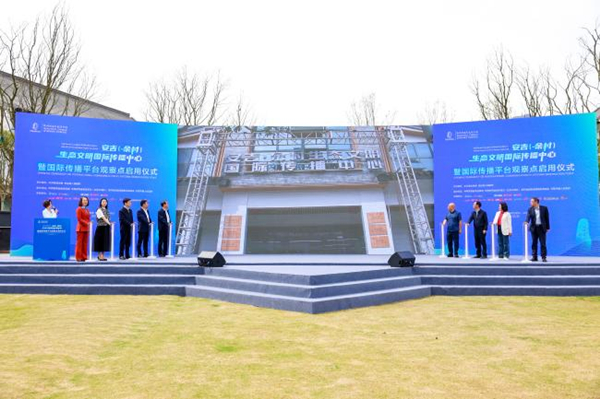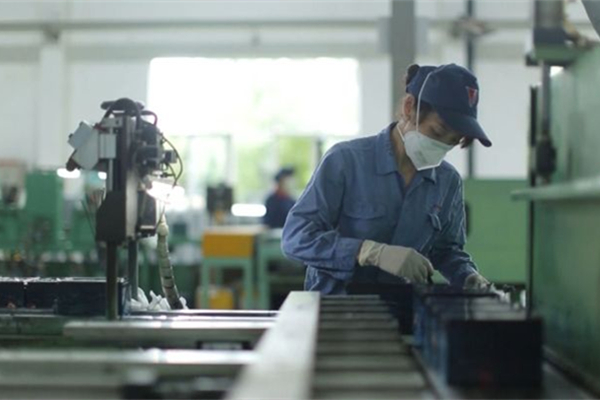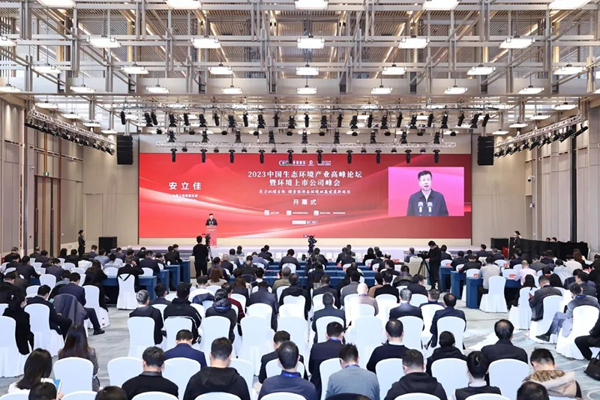Key meeting outlines tasks for 2024 rural development
BEIJING — In a tone-setting meeting that concluded on Dec 20, China specified moves and tasks to advance rural revitalization across the board and boost the modernization of the countryside in 2024.
High on the agenda of the Central Rural Work Conference were the issues of food security, the livelihoods of rural residents and technological development of the agricultural sector.
Securing rice bowls
With safe and stable food supply being a major concern of the country's rural work, the annual conference highlighted the production of grain and key agricultural products, vowing to stabilize farmland acreage and increase grain yields per unit.
Grain output of more than 650 billion kilograms continues to be a target this year, together with strengthened efforts in farmland protection, according to the meeting.
It was no easy task for China to achieve the 650 billion kg goal in 2023 and to guarantee the supply of key agricultural products, as the country had been confronted with adverse weather conditions including floods, drought and prolonged rain in parts of the country.
"The foundation of food security must be consolidated, as the consumption upgrade momentum of China's large population has driven up food demand, and the global trade in agricultural products still faces uncertainties," said Qian Qian, an academician with the Chinese Academy of Sciences.
The meeting has underscored concrete measures such as prioritizing high-standard farmland construction in areas with black soil, plain fields and irrigation systems, and raising investment subsidies.
Zhong Yu, a researcher with the Chinese Academy of Agricultural Sciences, said the measures outlined by the annual meeting will steadily improve the country's food production capacity, citing the role of agricultural infrastructure in countering disasters.
Revitalizing sector
Since fully implementing rural revitalization is vital to the country's agricultural sector, the rural work meeting stressed enhanced and more targeted efforts to revitalize the rural sector, said Li Guoxiang, a researcher with the Chinese Academy of Social Sciences.
The country should continue with quality and green development, and promote relevant industries to boost the rural sector, the meeting noted.
Diversified rural industries are also conducive to consolidating the country's poverty alleviation achievements and avoiding a large-scale relapse into poverty.
Mao Xuefeng, vice-dean of the School of Agricultural Economics and Rural Development, Renmin University of China, said more funds must be channeled into less-developed regions to boost local pillar industries and upgrade traditional industry.
Official data showed that in the first three quarters of 2023, the per capita disposable income of rural residents reached 15,705 yuan ($2,193), up 7.3 percent in real terms after deducting price factors, 2.6 percentage points higher than that of urban residents.
"Underdeveloped areas should create more employment opportunities locally, increase the training of the labor force, and transform unskilled labor into skilled labor to meet the needs of industrial upgrading," Mao said.
Sci-tech breakthroughs
In recent years, China has steadily improved its sci-tech innovation ability in the agricultural sector, with the contribution rate of science and technology to the sector's development reaching 62.4 percent.
The meeting outlined key measures including building a sci-tech innovation platform for the sector, and launching a series of actions to enhance the seed industry.
Regarding the seed industry, Qian urged improvements in the sharing and cooperation of innovative resources, and stepping up the integration of innovation, industry, funds and talent.
Xinhua





